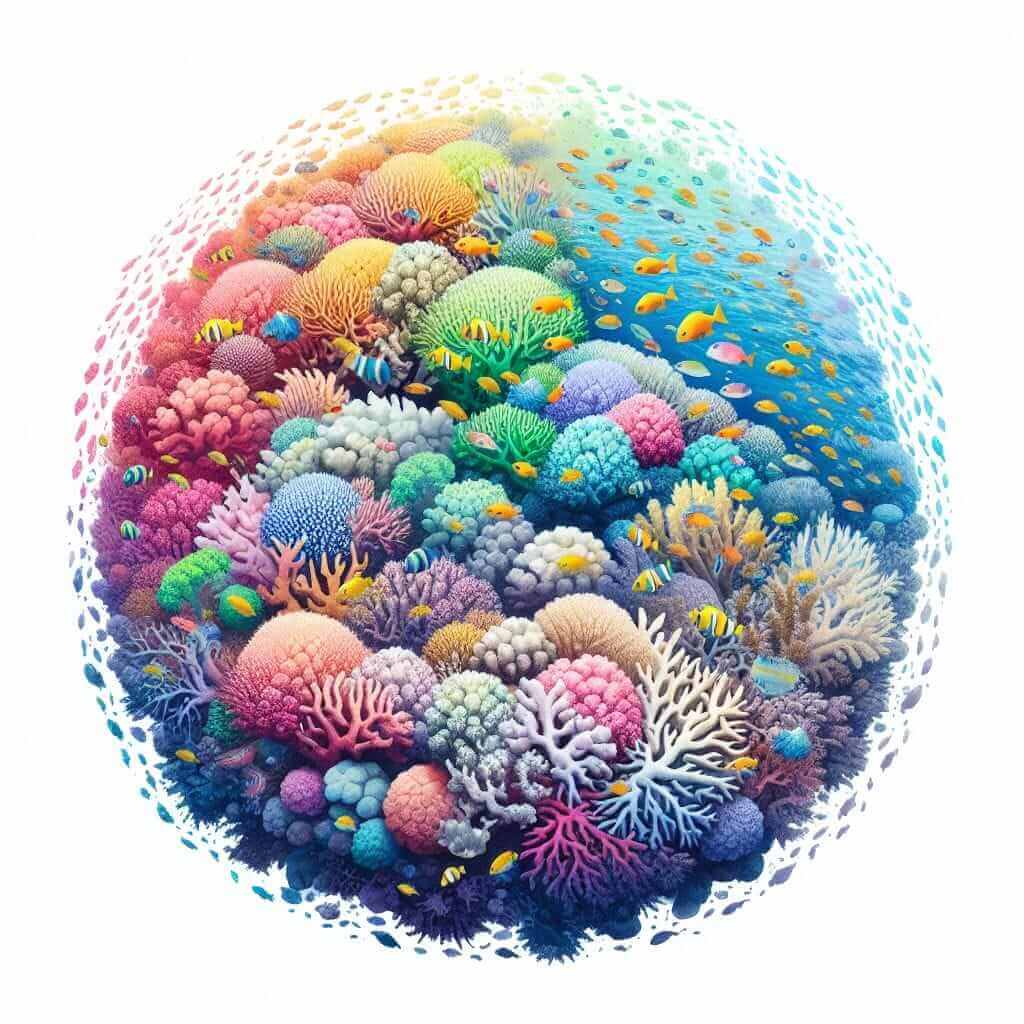The IELTS Reading section is designed to assess a candidate’s reading skills in different contexts. It includes reading for gist, reading for main ideas, reading for detail, skimming, understanding logical argument, and recognizing writers’ opinions, attitudes and purpose. “Effects of climate change on biodiversity” is a recurring theme in academic texts and frequently appears in IELTS Reading exams. Given the relevance and urgency of this subject in today’s world, it’s likely to be featured again in future tests. In this comprehensive guide, we present a full IELTS Reading practice test on this topic, accompanied by detailed questions, answers, and explanations.
Reading Passage: Effects of Climate Change on Biodiversity
Paragraph 1
Climate change has profound effects on biodiversity. Rising temperatures, changing precipitation patterns, and increased frequency of extreme weather events are disrupting ecosystems worldwide. Many species are already experiencing changes in their distribution, behavior, and life cycles. For instance, some plants are flowering earlier, and migratory birds are altering their routes. Additionally, the timing of breeding and hibernation is shifting for various animals.
Paragraph 2
One of the most significant impacts of climate change on biodiversity is habitat loss. As temperatures increase, certain habitats become unsuitable for the species that currently inhabit them. For example, the Arctic ice is melting, reducing the habitat available for polar bears. Similarly, coral reefs are suffering from bleaching due to rising sea temperatures, affecting countless marine species that rely on them for food and shelter.
Paragraph 3
Climate change also exacerbates other environmental threats, such as pollution and invasive species. When species are stressed by changing conditions, they are less able to compete with invasive species that may be better adapted to the new environment. Pollution can also become more severe with increased temperatures, leading to further harm to both terrestrial and aquatic life forms.
Paragraph 4
Another critical effect of climate change is the alteration of food webs. Species rely on a delicate balance of food sources, and any disruption can have cascading impacts. For example, if a plant species flowers earlier due to warming temperatures, the insects that feed on those plants may not be available at the same time. This discrepancy can cause decline in populations of both the plants and insects, which in turn affects the species that feed on them.
Paragraph 5
Conservation efforts are essential to mitigate the impacts of climate change on biodiversity. Strategies include protecting existing habitats, restoring degraded ecosystems, and creating corridors that allow species to migrate to more suitable environments. Successful conservation projects demonstrate that with concerted efforts, it is possible to preserve biodiversity even in the face of climate change challenges.
Practice Questions
Multiple Choice (choose one)
- What is the primary cause of habitat loss mentioned in the passage?
- A) Pollution
- B) Rising sea levels
- C) Increased temperatures
- D) Deforestation
True/False/Not Given
- Many species are changing their breeding times due to climate change.
- A) True
- B) False
- C) Not Given
Matching Information
- Match the following information with the correct paragraph:
- i) The impact of changing flowering times.
- ii) The role of conservation efforts.
- iii) The role of invasive species in ecosystems changed by climate.
Sentence Completion
- As temperatures rise, Arctic ice __, reducing habitats for polar bears.
Short-answer Questions
- Name one marine habitat that is affected by climate change according to the passage.
Answer Key and Explanations
-
C) Increased temperatures
- Explanation: The passage explicitly mentions “As temperatures increase, certain habitats become unsuitable for the species that currently inhabit them,” highlighting increased temperatures as a primary cause.
-
A) True
- Explanation: The passage states, “the timing of breeding and hibernation is shifting for various animals,” which indicates changes in breeding times.
-
Matching Information Answers:
- i) Paragraph 4 (Discusses the impact of changing flowering times on food webs)
- ii) Paragraph 5 (Focuses on conservation efforts to mitigate climate change impacts)
- iii) Paragraph 3 (Mentions the threat of invasive species when habitats are altered by climate change)
-
melts
- Explanation: The sentence “As temperatures increase, the Arctic ice is melting, reducing the habitat available for polar bears,” explains that melting ice reduces habitats.
-
Coral reefs
- Explanation: The passage mentions, “coral reefs are suffering from bleaching due to rising sea temperatures,” clearly identifying coral reefs as an affected marine habitat.

Common Errors in Reading Comprehension
One of the common errors in IELTS Reading is failing to identify the specific details that differentiate similar ideas. For example, in habitat loss causes, distinguishing between pollution and increased temperatures requires attention to the exact wording of the passage.
Vocabulary Highlight
- Biodiversity (noun) /baɪəʊdaɪˈvɜːsɪti/: The variety of plant and animal life in a particular habitat.
- Precipitation (noun) /prɪˌsɪpɪˈteɪʃən/: Rain, snow, sleet, or hail that falls to the ground.
- Invasive species (noun phrase) /ɪnˈveɪsɪv ˈspiːʃiːz/: Non-native species that spread rapidly and cause harm to native species and ecosystems.
Grammar Focus
Complex Sentences:
- Structure: Main Clause + Subordinate Clause (e.g., “As temperatures increase, certain habitats become unsuitable for the species that currently inhabit them.”)
- Example in Practice: “Climate change also exacerbates other environmental threats, such as pollution and invasive species.”
Tips for High IELTS Reading Scores
- Practice skimming and scanning techniques.
- Develop the ability to differentiate between similar concepts.
- Pay close attention to qualifying words like “some,” “many,” and “most.”
- Expand your vocabulary, focusing on academic and topic-specific words.
- Time management: Allocate your time wisely, ensuring you review your answers.
In conclusion, practicing with a well-structured IELTS Reading passage related to current and significant topics like the “Effects of climate change on biodiversity” will enhance your comprehension skills and equip you with the vocabulary and understanding necessary to achieve a high score in the IELTS Reading section.